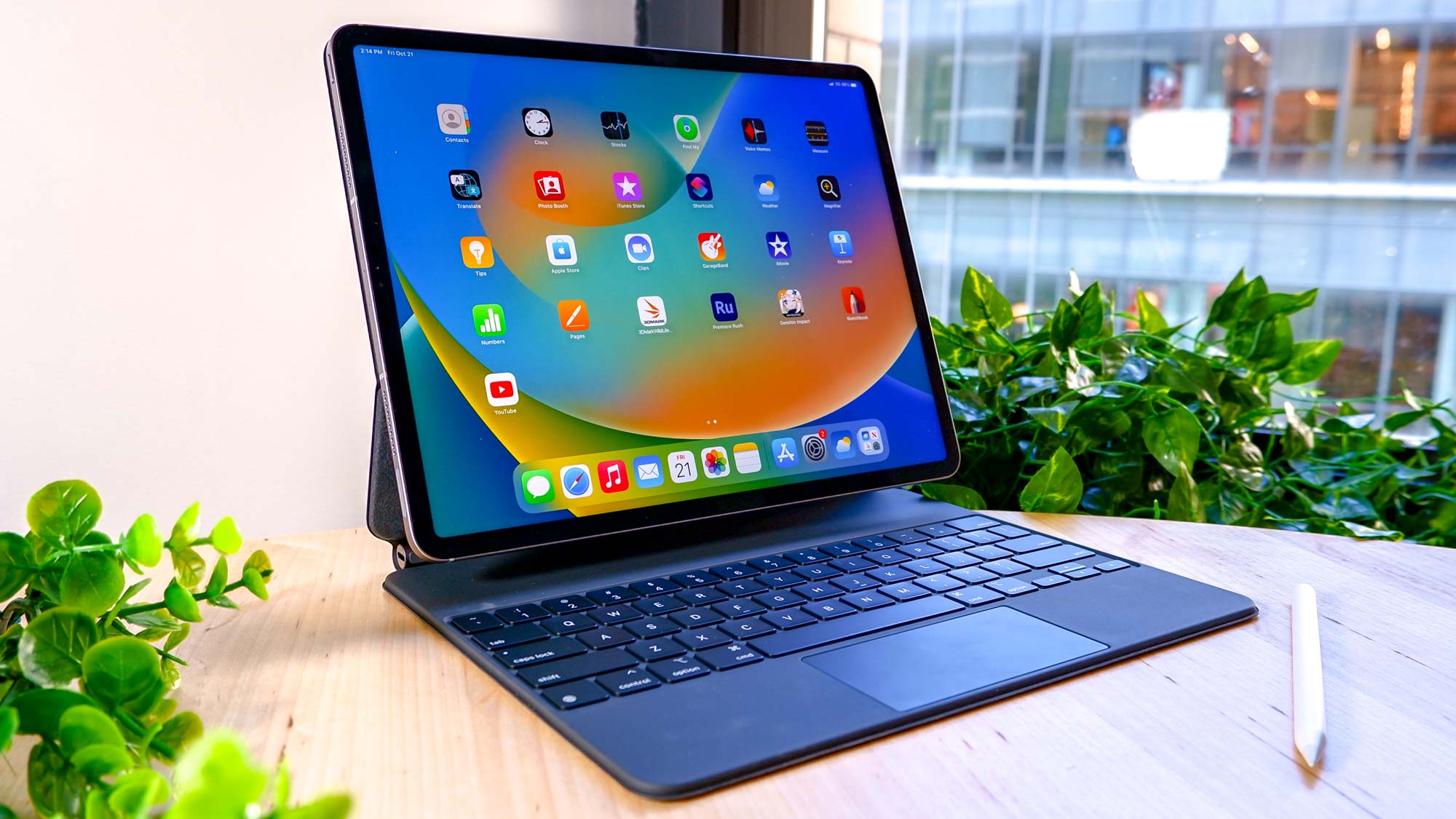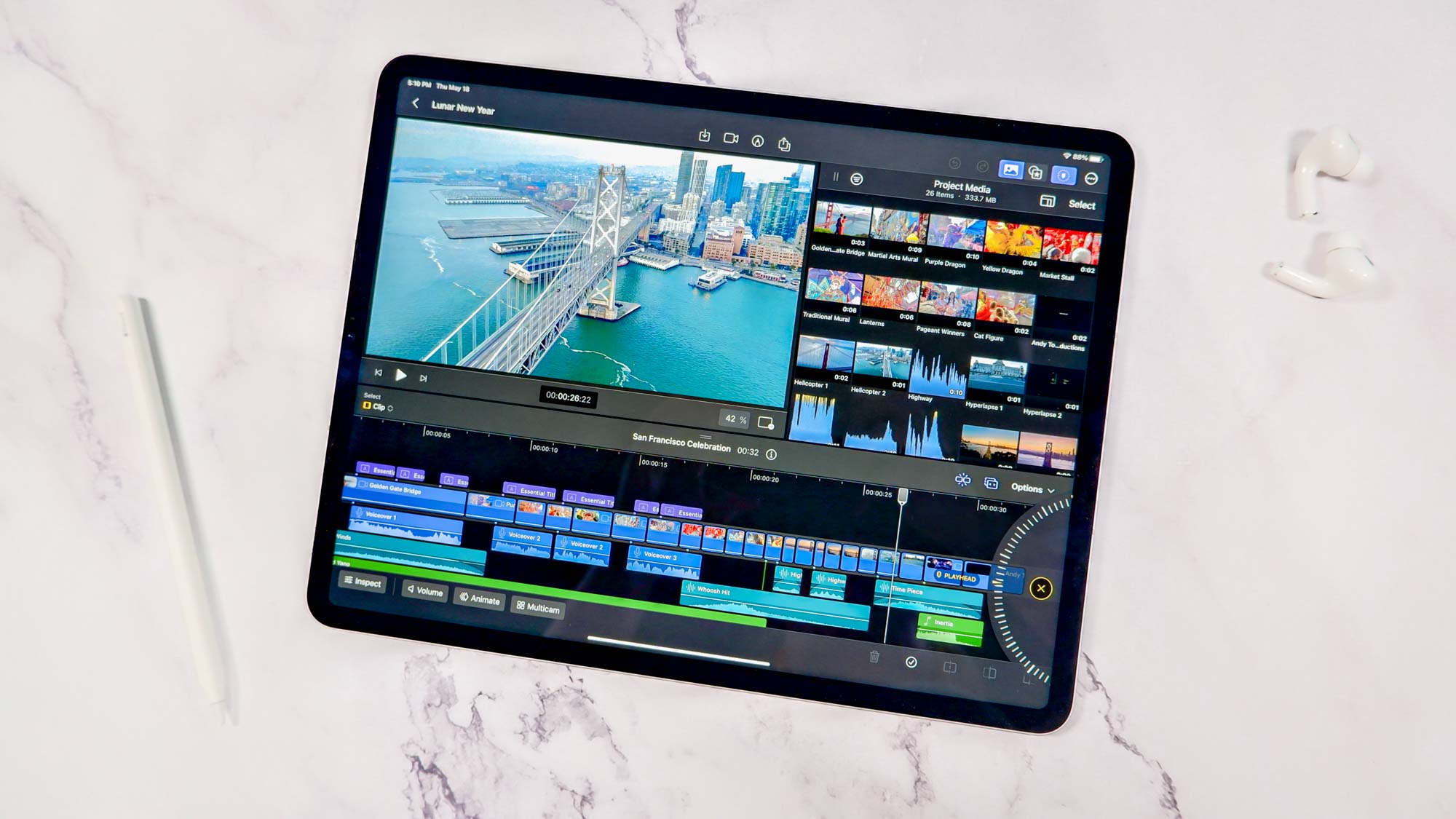
While slower than its rivals, Apple has gradually begun to introduce OLED panels to its devices, starting with the Apple Watch in 2015 and then coming to smartphones with the iPhone X in 2017.
The next device in line, as predicted by numerous leaks and backed up Apple’s leaked OLED roadmap last week, will likely be the 2024 iPad Pro at some point next year. It’ll likely be in the first half, with Bloomberg’s Mark Gurman predicting a spring or summer launch, and the analyst Ming-Chi Kuo saying that mass production would only begin in late Q1 or Q2.
But there may be hope for the earlier end of the spectrum. Last week a report from Korea suggested that the 11- and 13-inch OLED panels for the tablets won’t enter mass production until February, and now a second report has now backed this up.
In an article about LG Display’s improving fortunes, the Korea Herald says that the company will “start OLED production for the upcoming iPad Pro in February next year at its plant in Paju, Gyeonggi Province”. The piece adds that this is “about three months earlier than predicted”, suggesting that the OLED production issues mentioned by Kuo may have been dealt with.
This is just one component, but all the same, it might help Apple introduce the tablet earlier on in the April to September trajectory. If you wanted to bet, June might be sensible as it will likely coincide with WWDC 2024, where in past years Apple introduced the iPhone SE and the HomePod to the world.
Even if the company holds out until September to debut something alongside the iPhone 16, it should be worth the wait, according to reports. Gurman describes the tablet as the “first major update to the product since 2018” with the super-fast M3 chipset and a new look Magic Keyboard also being introduced.

But for most buyers, the OLED screen will be the real highlight. With OLED panels, each individual pixel is self-illuminated rather than backlit, leading to better contrast and deep, inky blacks. For the iPad Pro panels, this will be “crisper and brighter”, according to Gurman, and it should “reproduce colors more accurately” too.
But these improvements will likely come at a price. The Korea Herald report says that the OLED panels will cost Apple three times their iPhone equivalent, and Kuo believes the company may well up the prices as well to help differentiate it from the 12.9-inch iPad Air tipped to challenge the new Pro earlier in the year.





!["[T]he First and Fifth Amendments Require ICE to Provide Information About the Whereabouts of a Detained Person"](https://images.inkl.com/s3/publisher/cover/212/reason-cover.png?w=600)

